A skin rash refers to a condition where the colour or texture of the skin changes, usually due to inflammation. There are different types of bacterial skin rash, each with its own symptoms, causes, and treatment methods. While some rashes fade away naturally, others may require medical attention. In most cases, skin rashes are not severe, can often be managed at home, and are easy to prevent.
Symptoms of Skin Rash
The signs of a skin rash vary depending on its type, but specific symptoms are commonly seen across many forms. Recognising these can help with early identification:
- Discoloured patches on the skin
- Persistent itching
- Small fluid-filled bumps
- Blister formation
- General skin irritation
Common Types of Skin Rashes
Skin rashes can develop in different ways, each with its causes, symptoms, and treatment approaches. Some of the most common types of skin rashes are listed below.
Eczema (Atopic Dermatitis)
Eczema, often used to describe atopic dermatitis, is one of the most common skin rashes. It causes the skin to become dry, scaly, rough, and inflamed, often accompanied by persistent itching. This condition is more prevalent in children and young adults, commonly affecting areas such as the face, scalp, arms, inner elbows, and behind the knees. Individuals with asthma or hay fever are also more likely to develop eczema.
Symptoms of Eczema include: -
- Intense itching
- Red, brownish, or discoloured skin patches
- Raised bumps that may leak fluid when scratched
- Scaly or thickened skin
- Crusted patches from dried fluid
Seborrheic Dermatitis
Seborrheic dermatitis is a skin condition marked by redness, inflammation, and flaky patches, often causing itching. In some cases, hair loss may occur in the affected areas. It is one of the most common rashes in adults, but it can also develop in children. The bacterial skin rash usually appears on the scalp, forehead, eyebrows, cheeks, and outer ears. In infants, seborrheic dermatitis on the scalp is called cradle cap and can also appear in the diaper region.
Contact Dermatitis
Contact dermatitis is a type of eczema triggered when the skin comes in direct contact with an irritant, chemical, or allergen. Common triggers include plants like poison ivy, poison oak, and poison sumac, as well as various chemicals. The fungal skin rash is typically red, itchy, and blistered, with blisters often oozing if scratched. Symptoms may appear within hours or even days after exposure.
Diaper Rash
Also called diaper dermatitis, this condition is frequently seen in babies and toddlers but can also occur in adults who use diapers. Nearly all children experience it at least once before they are toilet-trained. It typically shows up as red, inflamed, and irritated skin in the diaper area.
Stasis Dermatitis
Stasis dermatitis is a chronic skin condition most often seen in adults over 50. Stasis dermatitis, a skin rash allergy, usually starts in the lower legs and worsens over time, causing swelling, redness, irritation, and persistent itching. As it progresses, it can spread to the calves, leading to cracked or dry skin and, in severe cases, red or purple ulcers that ooze and form scabs.
These dry skin rashes tend to appear suddenly, often lasting only a few hours before fading, though they may return later. They can surface on any part of the body.
Nummular Eczema
The skin rashes and itching appear in round, coin-shaped patches that are itchy, sometimes ooze fluid, and later dry up, leaving behind crusted areas.
Skin Rash Causes
The causes behind skin rashes differ based on the type of skin rash.
- Eczema (Atopic Dermatitis): The exact cause remains unclear, but experts believe it may result from an overactive immune system that reacts abnormally to skin irritants or even to natural proteins in the body.
- Seborrheic Dermatitis: This type can be linked to an irregular immune response, stress, cold or dry weather, side effects of certain medications, or genetic factors passed through families.
- Contact Dermatitis: Triggered by direct contact with irritants or allergens such as poisonous plants (poison ivy, poison oak, poison sumac), harsh chemicals, cosmetics, soaps, or skincare products unsuitable for the skin.
- Diaper Rash: Occurs when urine or stool remains in contact with the skin for extended periods, leading to irritation and inflammation.
- Stasis Dermatitis: Caused by poor blood circulation in the veins, often related to chronic venous insufficiency and other vascular conditions.
- Hives (Urticaria): Most often linked to allergic reactions to foods, medications, insect bites, or pollen, which trigger excess histamine release in the blood. In some cases, hives may also arise from stress, sweating, or exposure to extreme temperatures.
- Psoriasis: An autoimmune disorder in which white blood cells attack healthy skin cells, accelerating skin cell production. This leads to thickened patches and scaling. A family history of psoriasis increases the likelihood of developing it.
Treatment of Skin Rashes
Many fungal skin rashes can be managed with over-the-counter remedies, including: -
- 1% Hydrocortisone cream to relieve itching
- Oral antihistamines like diphenhydramine or hydroxyzine to reduce itchiness
- Moisturising lotions to prevent dryness and cracking
For persistent or recurring symptoms, consulting a dermatologist is the best course of action to get targeted skin rash treatment suited to the skin condition.
Home Remedies
Simple home remedies for skin rashes can help ease discomfort and support healing: -
- Gentle skincare routine: Regular cleansing and moisturising to maintain skin health.
- Cool baths: Adding oatmeal or baking soda to bathwater to soothe irritation.
- Avoid scratching: Keeping nails short or wearing gloves at night to prevent further damage.
- Immediate cleansing after allergen contact: Washing skin thoroughly with soap and water after exposure to triggers like chemicals or poisonous plants helps reduce the severity of the reaction.
If a rash worsens, spreads rapidly, or is linked with symptoms like fever, swelling, or intense discomfort, seeking medical attention is crucial.













 7982100200
7982100200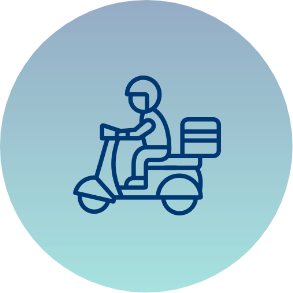
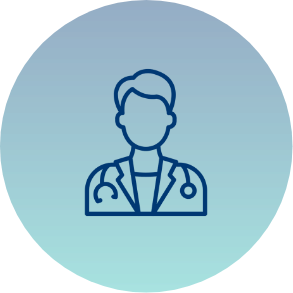
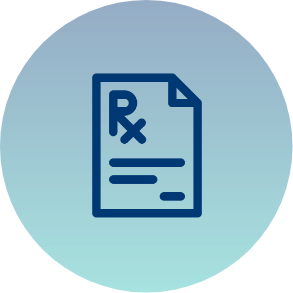
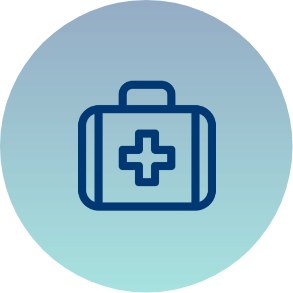
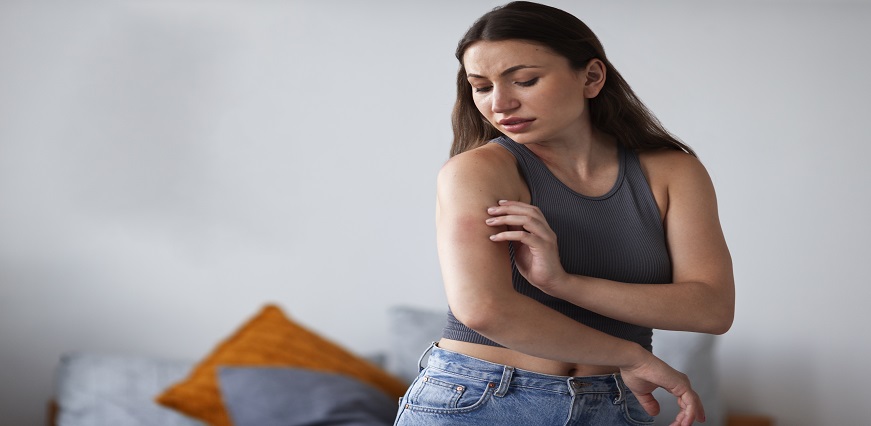
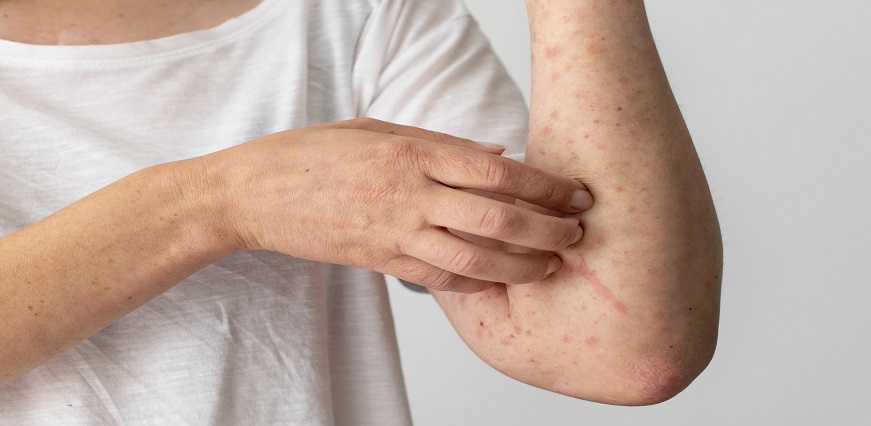
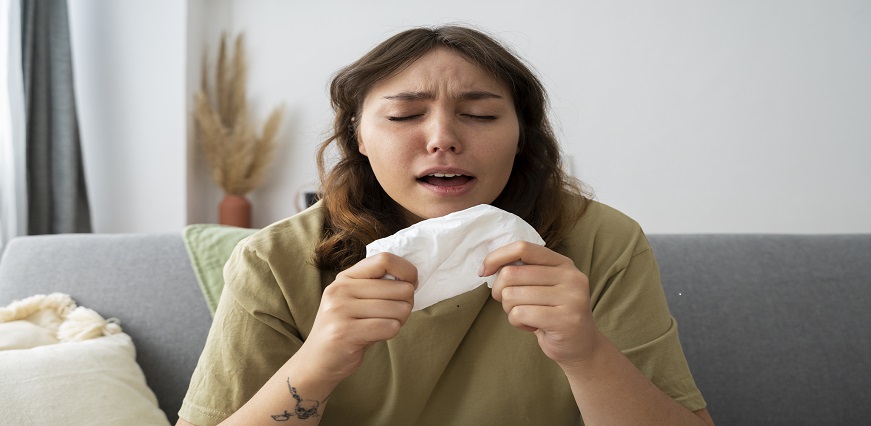


















 To reach our help desk call 9213188888
To reach our help desk call 9213188888.png)
Comments